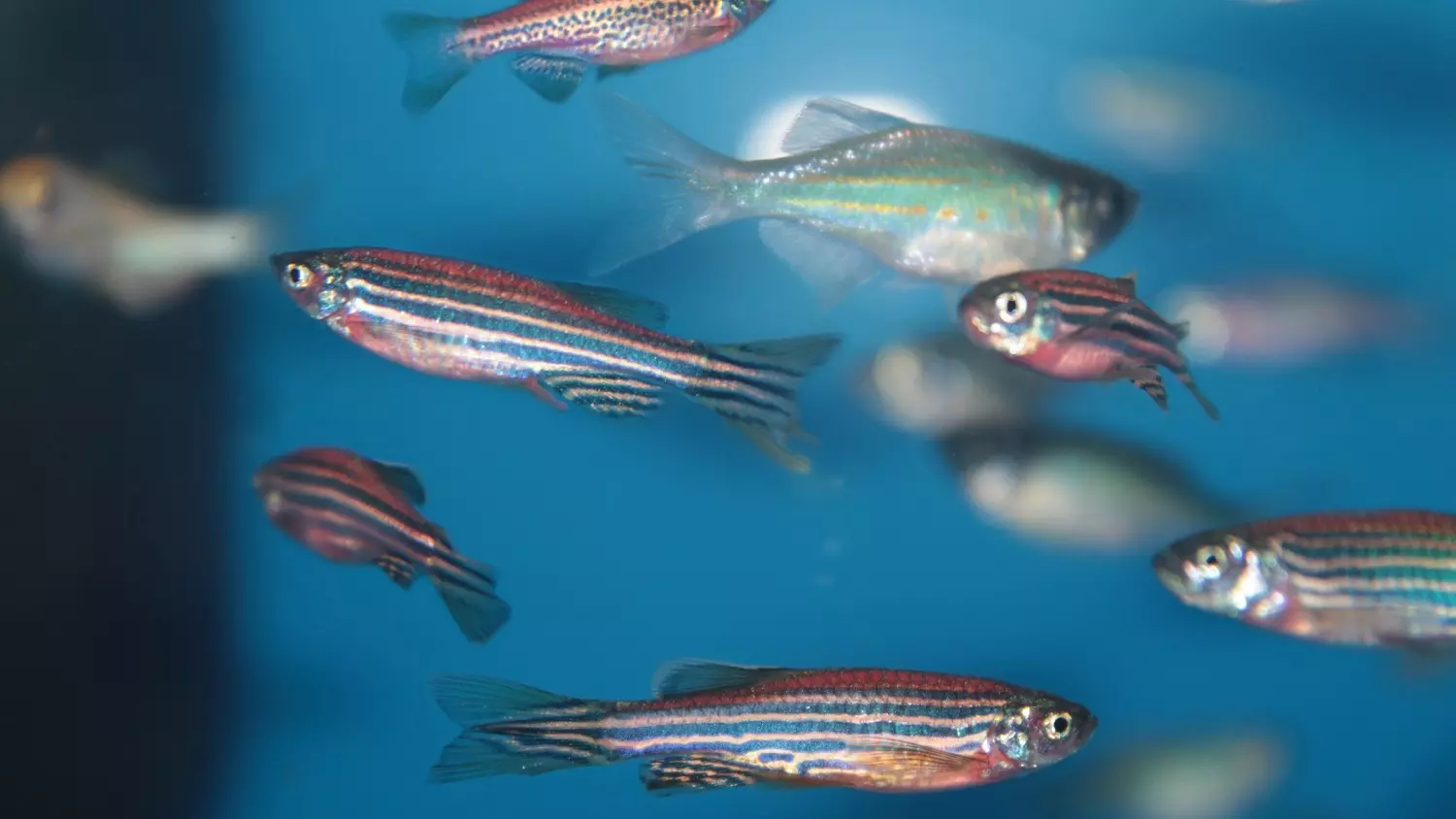[Originally published as Gene Duplications and Evolutionary Novelty]
Gene duplications have been postulated to be a source of evolutionarily novel functions.
When gene duplications occur, several outcomes are possible for the duplicated genes. They may³ undergo
- subfunctionalization,
- neofunctionalization,
- nonfunctionalization,
- or gene conservation.
However, none of these work for a variety of reasons.
We will examine these four outcomes of gene duplication and see if there is any validity to the claim that gene duplication can generate novelty.
Subfunctionalization
Subfunctionalization occurs when the duplicated gene has multiple functions. These functions are then split among the daughter genes.12
Lynch and Force10 argue that subfunctionalization is dependent on population size. If the population size is small, then subfunctionalization will be relatively common. Larger population sizes result in subfunctionalization being less common.
However, it has been argued elsewhere that subfunctionalization is not permanent but will lead to neofunctionalization,8 at least in some scenarios. Similar results were reported by Zhang and He.13 It is thus unclear whether subfunctionalization is a permanent fate of duplicated genes or whether subfunctionalized genes will sometimes or even always proceed to a different fate.
The problem with subfunctionalization is that it introduces nothing new.
When the duplications occur, mutations break one or more of the existing functions of the gene.
What ends up happening is a bloated genome containing more genes than the original, all of them necessary because they now contain only one function, instead of the original several. This is the genome breaking down. Nothing new has been produced.
Neofunctionalization
Neofunctionalization takes place when one copy of a duplicate gene acquires a truly novel function.1 As mentioned above, neofunctionalization is believed to result from subfunctionalization in some cases.8,13 Retinoic acid receptors are one proposed outcome of neofunctionalization.7
However, neofunctionalization is believed to be quite rare, particularly in small populations.8 Given the requirement of a beneficial mutation for neofunctionalization to occur—which has never been observed—neofunctionalization is purely speculative.
Gene Conservation
Gene conservation occurs when both results of the duplication retain the original function of the gene.
As an example, the well-known model organism Danio rerio (the zebra fish) has been shown to have two functioning copies of the IGFBP-2 gene.14
Phylogenetic studies have suggested the presence of five opsin gene families in insects with varying degrees of gene conservation.5 Gene conservation’s commonality is very difficult to put a firm number on, but, given that the models require both gene copies to maintain the same mutation rate,6 gene conservation seems likely to be rare.
Even if gene conservation is present and common, nothing new has been created.
These are functioning copies of the same gene. They have no new function.
To get new functions, beneficial mutations would be required in spades. All that is present here is multiples of the same function. This is not evolution in any form.
Nonfunctionalization
The most likely fate for a duplicated gene is nonfunctionalization. This occurs when a deleterious mutation damages the gene, turning it into a nonprocessed pseudogene.³
Nonfunctionalization has been linked to a species of tobacco being unable to form a derivative of nicotine.4 Given that deleterious mutations are considered to be by far the most common type of mutation,11 nonfunctionalization seems to be the most likely fate of duplicated genes.
Nonfunctionalization is the most common simply due to the predominance of deleterious mutations.2 Therefore, the rate of mutations is the most important factor determining the outcome of a gene duplication.
Generating novelty requires beneficial mutations, lots of them. Given that even evolutionists acknowledge the rate of beneficial mutations is minuscule, novelty is a fools quest. Evolution cannot generate novelty.
References:
- Ayala FJ, Rodriguez-Trelles F, Tarrio R. 2003. Convergent neofunctionalization by positive Darwinian selection after ancient recurrent duplications of the xanthine dehydrogenase gene.
Proc Natl Acad Sci USA. 100(23):13413-13417. - Cowperthwaite MC, Bull JJ, Meyers LA. 2006. From bad to good: fitness reversals and the ascent of deleterious mutations. PLoS Comput Biol.
- Graur, D. 2016. Molecular and genome evolution. 1st. Sunderland, (MA). Sinauer Associates, Inc. 279.
- Hashimoto T, Pakdeechanuan P, Teoh S, Shoji T. 2012. Non-functionalization in two CYP82E nicotine n-demethylase genes abolishes nornicotine formation in Nicotiana langsdorffi. Plant Cell Physiol. 53(12):2038-2046.
- Holland PWH, Feuda R, Marlétaz F, Bentley MA. 2016. Conservation, duplication, and divergence of five opsin genes in insect evolution. Genome Biol Evol. 8(3):579-587.
- Krakauer DC, Nowak MA. 1999. Evolutionary preservation of redundant duplicated genes. Cell Dev Biol. 10(5):555-559.
- Laudet V, Escriva H, Bertrand S, Germain P, Robinson-Rechavi M, Umbhauer M, Cartry J,
- Liberles DA, Rastogi S. 2005. Subfunctionalization of duplicated genes as a transition state to neofunctionalization. BMC Evol Biol. 5(28).
- Lynch M, Conery JS. 2003. The origins of genome complexity. Science. 302(1401):1401-1404.
- Lynch M, Force A. 2000. The probability of duplicate gene preservation by subfunctionalization. Genetics. 154(1):459-473.
- Mezmouk S, Ross-Ibarra J. 2014. The pattern and distribution of deleterious mutation in maize. G3 (Bethesda). 4(1):163-171.
- Wolfe KH, Cusak BP. 2007. When gene marriages don’t work out: divorce by subfunctionalization. Trends Genet. 23(6):270-272.
- Zhang J, He, X. 2005. Rapid subfunctionalization accompanied by prolonged and substantial neofunctionalization in duplicate gene evolution. Genetics. 169(2):1157-1164.
- Zhou J, Li W, Kamei H, Duan C. Duplication of the IGFBP-2 gene in teleost fish: protein structure and functionality conservation and gene expression divergence. PLoS One. 3(12).







